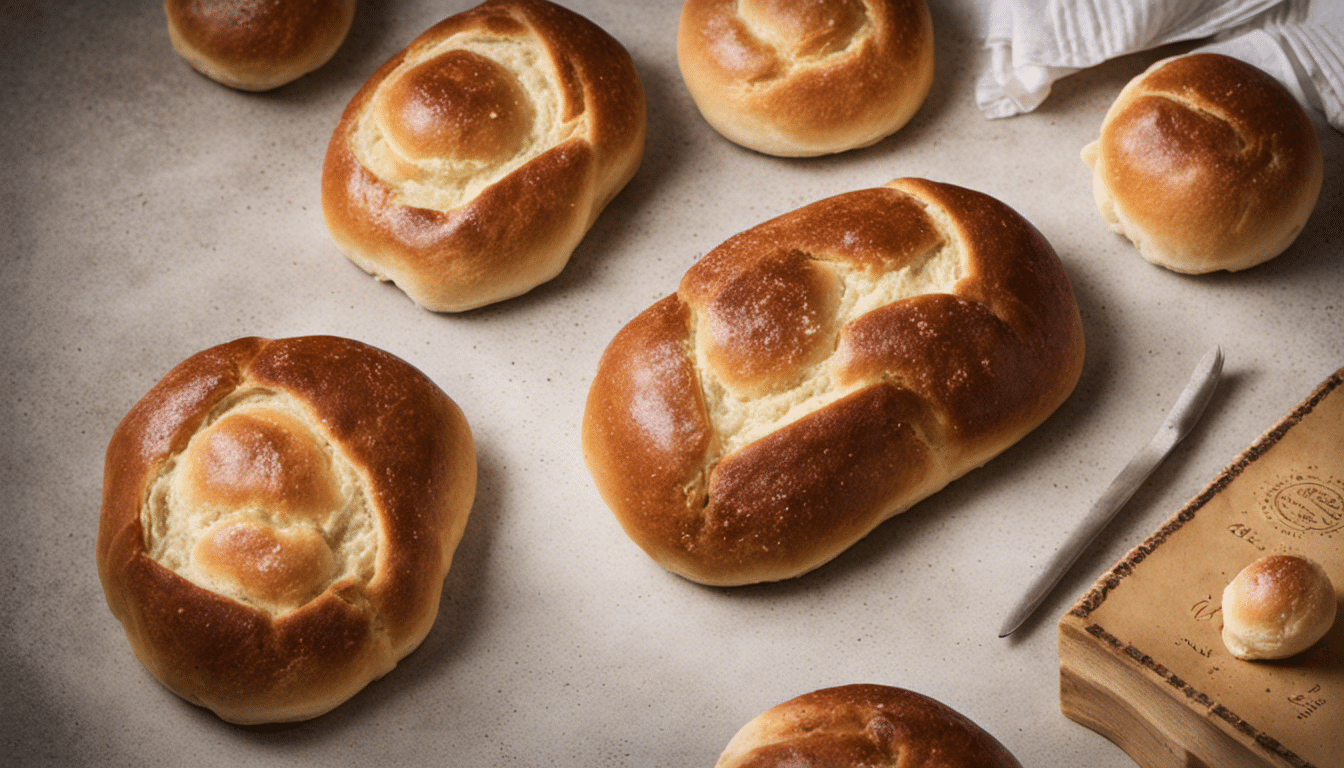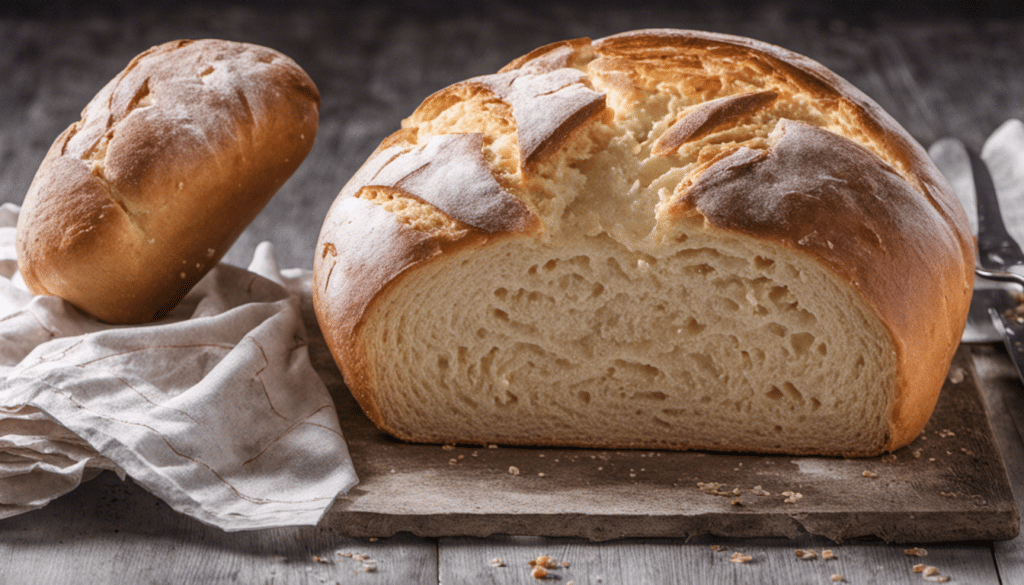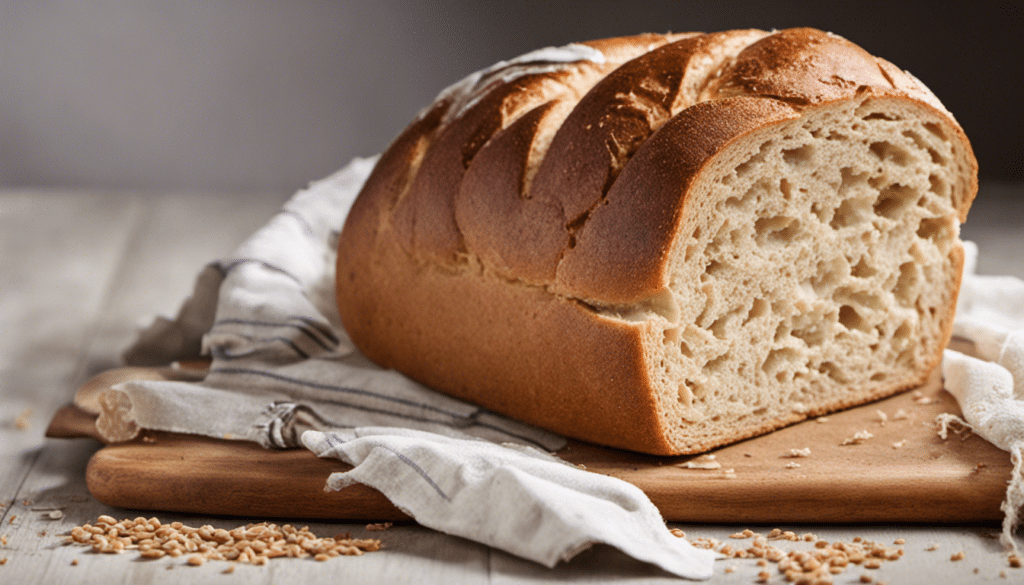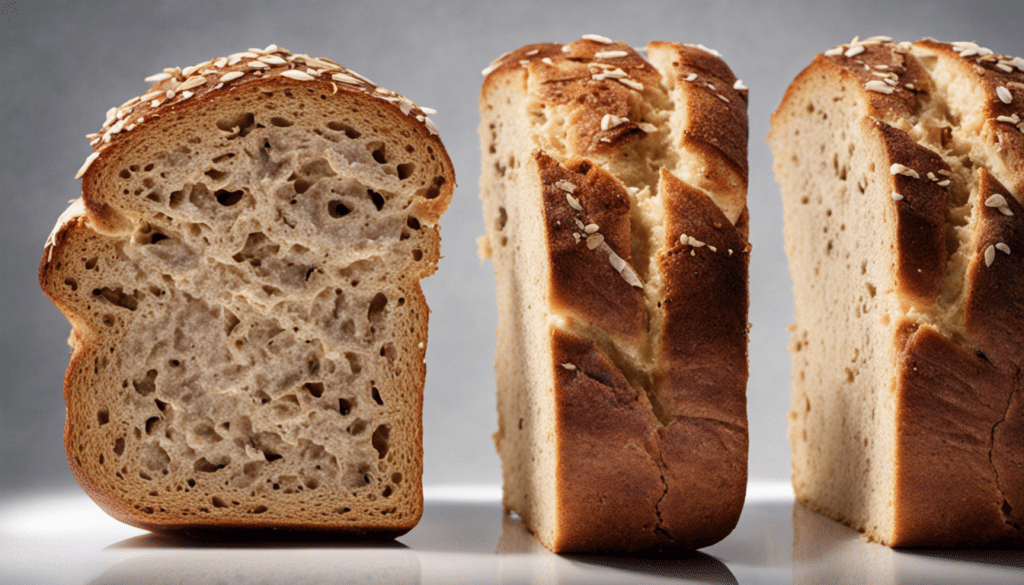| Prep: 2 hours | Cook: 20 mins – 25 mins | Difficulty: Intermediate | Serves: 6 |
| kcal | fat | saturates | carbs |
| 450 | 8.5g | 4.8g | 82g |
| sugars | fibre | protein | salt |
| 24g | 2.5g | 11g | 0.3g |
About Bath Bun
Welcome to our deep dive into the world of traditional English breads – the delectable Bath Bun. This delightful bun has found a home in the hearts of bread lovers worldwide, cultivated by its notable sweetness and the blend of flavors tucked within its soft, enriched dough. Named after the city of Bath located in southwest England, the Bath Bun is a tangible bite of history dating back to the 18th century. Originating from Sally Lunn’s famous baking house, this unique teacake continues to enchant its fans with its distinctive taste and texture. A fantastical tale unfolds as we tease apart each layer of this irresistibly charming bread.
An Encounter with the Bath Bun
The Bath Bun stands out from other breads due to its characteristically rich, sweet dough. It’s not just a transformable version of any old bread recipe; it’s a bread in a league of its own. Bursting with the sweetness of sugar, the moisture from warm milk, the richness of eggs, and the smoothness of butter, the Bath Bun’s dough provides a stand-alone flavorful experience. The unique aspect lies not only in its sweetness but also in the variety of ingredients incorporated within the dough like raisins, currants, caraway seeds (for those who like an extra kick), and the zest of a lemon to balance out the sweetness. All it takes is a bite of the Bath Bun to embark on a gustatory journey to England.
A Compatible Culinary Delight
Given its unique texture and flavor, the Bath Bun strikes a chord of similarity with the iconic Hot Cross Bun and the traditional Chelsea bun. However, it heads off in its own sweetly unique direction, courting an alliance with the realm of teacakes yet holding its ground with its enchanting personality. Handling a Bath Bun is not just about the tasting, but about the overall sensory experience as well – touching the crispy sugar cube topping, smelling its irresistible aroma when fresh out of the oven, and hearing the unmistakable sound of its first fresh slice.
Feel like pairing the Bath Bun with other dishes? It serves as the perfect accomplice to your favorite cup of tea or coffee, creating a combination that screams elegance and flavor. Try a Bath Bun the English way with a spread of clotted cream or butter and a dollop of good ol’ strawberry jam. Looking for something a bit more daring? Pairing it with a sharp, cheddar cheese will make your palate sing – a classic sweet and salty combination that simply works.
Every element of Bath Buns whispers the efforts of the baker. From the delicate blending of flavors, the strategically placed currants and raisins, to the final touch of the crushed sugar cube topping creating a delightful mouthfeel, it’s evident – Bath Buns are more than just bread, they are a labor of love.
What You’ll Need
- 2 1/2 teaspoons Active Dry Yeast
- 1 cup Warm Milk (about 110°F)
- 4 1/4 cups All-Purpose Flour
- 1/2 cup Granulated Sugar
- 1/2 teaspoon Salt
- 4 tablespoons Unsalted Butter (softened)
- 2 Large Eggs
- 1/2 cup Raisins
- 1/2 cup Currants
- 1 tablespoon Caraway Seeds (optional)
- 1 teaspoon Finely Grated Lemon Zest
- 1/2 cup Crushed Sugar Cubes
- 1 Egg Yolk (for glaze)
- 1 tablespoon Milk (for glaze)
Method
Step One
Start by dissolving the active dry yeast in the warm milk. Let it sit for about 5 to 10 minutes until it becomes frothy. This indicates that the yeast is active.
Step Two
In a large mixing bowl, combine the all-purpose flour, granulated sugar, and salt. Stir them together until well mixed.
Step Three
Add the softened unsalted butter to the flour mixture. Mix until the mixture turns into small crumbs.
Step Four
Beat two large eggs and add them to the yeast-milk mixture. Stir until well combined.
Step Five
Pour the yeast-egg mixture into the flour-butter mixture. Mix until a sticky dough forms.
Step Six
Turn out the dough onto a floured surface and knead for about 8 to 10 minutes, until the dough is smooth and elastic.
Step Seven
Place the dough in a large greased bowl and cover it with a clean kitchen towel. Allow it to rise in a warm place for about 1 to 1.5 hours, or until it doubles in size.
Step Eight
Once the dough has doubled in size, punch it down to release the air. Mix in the raisins, currants, caraway seeds (if using), and lemon zest.
Step Nine
Divide the dough into 12 even pieces and shape each piece into a round bun. Place the buns on a lined baking sheet, making sure they are spaced apart.
Step Ten
Let the buns rise again for about 30 minutes. They should increase in size to about 1.5 times their original volume.
Step Eleven
Preheat the oven to 375°F (190°C). While the oven is heating, prepare the glaze by mixing together 1 egg yolk and 1 tablespoon of milk. Brush the buns with this egg wash, then sprinkle them with the crushed sugar cubes.
Step Twelve
Bake the buns in the preheated oven for 18 to 20 minutes, or until they are golden brown. Let the baked buns cool on a wire rack before serving.




